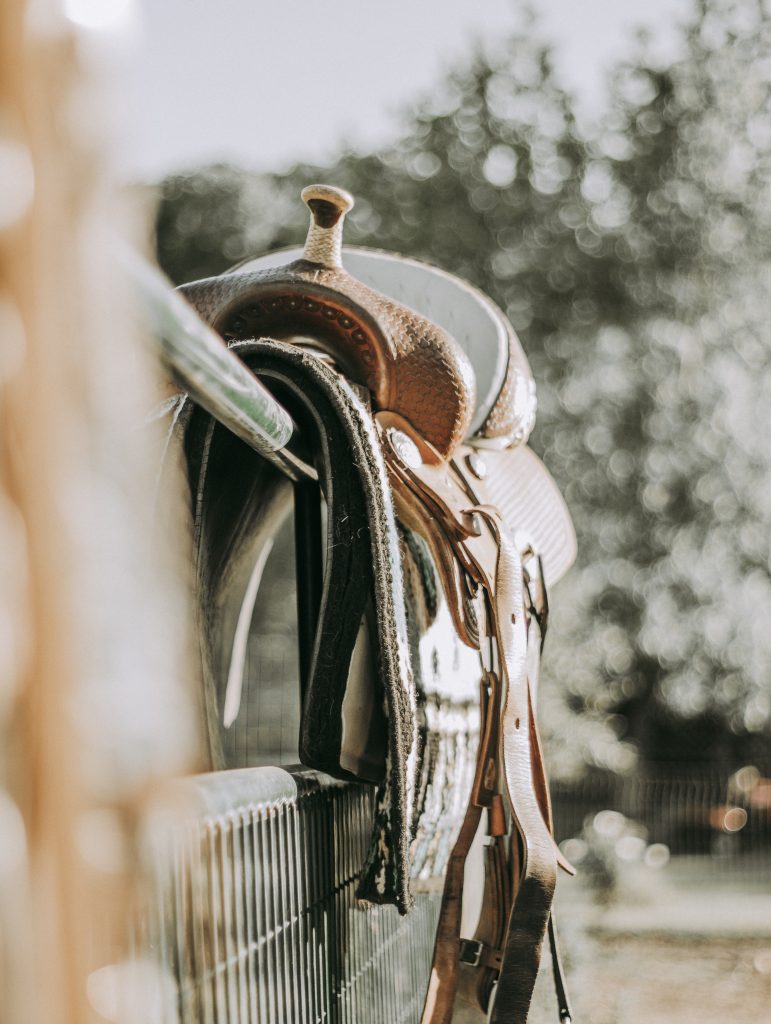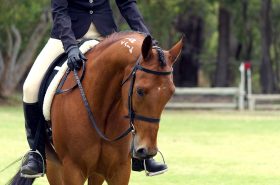You might not think too much about the tree on your saddle, but this component is perhaps the most important part of all. The saddle tree is the rigid structure that gives the saddle its shape and helps distribute the weight of the rider. It’s important to choose the right size tree for your horse as an ill-fitting saddle can lead to discomfort and pain for your horse and can also have an impact on your balance as a rider. As many saddle makers would say, a saddle is only as good as its tree!
Western Saddle Trees
Traditionally, Western saddle trees have been made from wood which is often aged and cured beforehand. Once constructed, the tree is typically covered in one of three types of material to further protect it:
Rawhide: Wet rawhide is used but when it dries, it shrinks and conforms to the wood, adding a durable, slightly flexible tree.
Bullhide: Slightly thicker and more dense than rawhide, bullhide is sometimes used to cover trees as well. This material is believed to make a stronger tree and is considered the “premier” type of saddle tree covering.
Fiberglass: This is the newest type of tree covering which has proven to be very durable and protective of the wood underneath. It’s also a more economical option than rawhide or bullhide.

Finding the Right Saddle Tree for Your Horse
The Western saddle tree has two main factors that determine the fit: gullet width and bar angle. Depending on the manufacturer, sizes may vary, but the following are the typical tree sizes:
Semi-QH: Also referred to as Medium, Regular, or QH bars. This tree size has a higher pitch/angle to the bars and is for horses with a more defined wither.
Full-QH: Also referred to as Wide, the angle on Full-QH is flatter compared to the Semi-QH tree. It is for horses with a broader shoulder and less pronounced wither.
Arabian: Has a narrow front similar to the Semi-QH bar but the back of the saddle has a flatter pitch angle.
Gaited: This size has a higher gullet to accommodate higher withered horses and it usually has a wider or flared front to allow for shoulder movement. The gaited tree narrows toward the back where the bars have more pitch, however.
Haflinger: This tree has a flatter pitch to bar angle and very little rock to it. It’s usually built with a 7.5” gullet and fits larger horses who need an extra wide tree.
Draft: This is the largest tree with an 8” gullet.
If you’re not sure what size tree your horse needs, most saddle manufacturers can help. Likewise, you can also use a qualified saddle fitter to help you find the right type of saddle along with the right sized tree for your horse.
Love this blog post? We think you will like The Scoop on Western Saddle Pads



